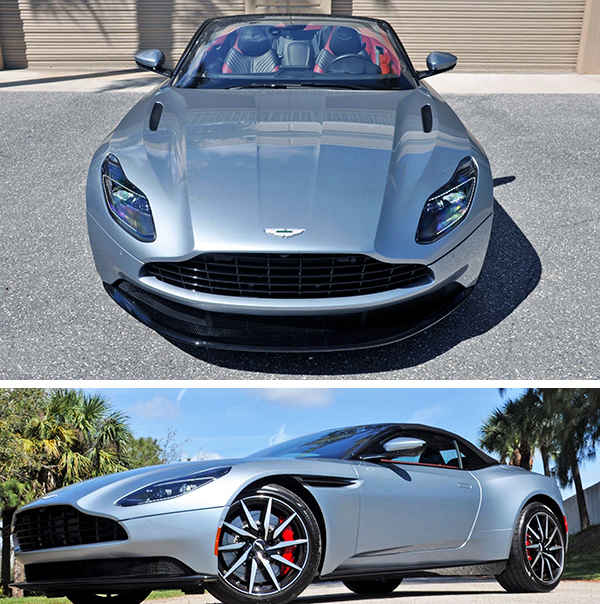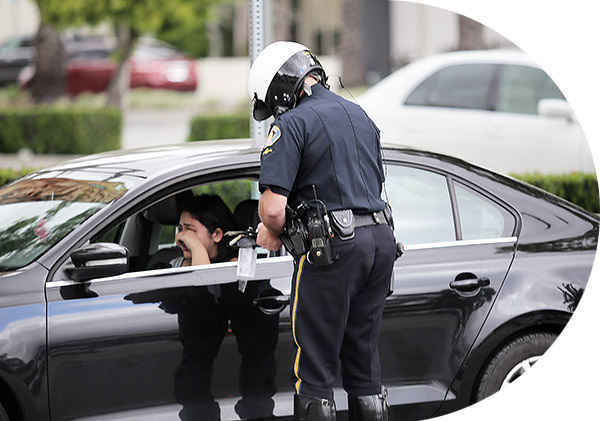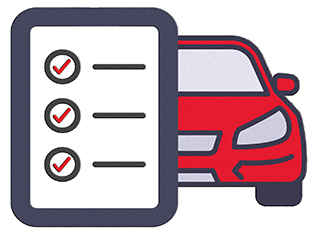What color car is least likely to get pulled over by the police?
Car color has sparked endless debates among drivers, especially when trying to avoid unwanted attention from law enforcement. Although a driver’s behavior, vehicle condition, and adherence to traffic laws are the primary factors that influence traffic stops, the color of a car can subtly affect perception.
In this article, we explore how car color plays a role in police interactions, offer data-driven insights, provide practical advice, and share recent updates from the U.S.

The Role of Car Color in Police Perception
Car color subtly influences how visible or inconspicuous a vehicle appears on the road. Police officers are trained to observe behavior over aesthetics, but the color of a vehicle can still shape initial impressions.
- Neutral Colors:
Vehicles in tones – example: white, silver, beige, and light gray blend well with other traffic. They appear professional, understated, and less likely to raise suspicion.
- Bright or Bold Colors:
Cars in red, yellow, orange, or bright blue naturally catch the eye and may lead to the perception that the driver is more aggressive or prone to risky behavior.
- Dark Colors:
While black cars are sleek and stylish, they can stand out in daylight and be harder to see in low-light conditions, potentially raising safety concerns for officers monitoring for violations.
What Do Statistics Say About Ticket Trends?

While myths abound about which car colors attract the most tickets, data tells a more nuanced story:
- Red Cars:
Often associated with speeding and sporty drivers, red is believed to be the most ticketed color. However, studies like those from Insurance.com reveal that this perception is more myth than fact. Red cars often rank lower on ticket frequency than white or black cars.
- White and Black Cars:
These are the most common car colors in the U.S., leading to higher ticket numbers simply due to prevalence. Drivers of these colors are not inherently riskier but represent a larger sample size.
- Uncommon Colors:
Vehicles in colors like gold, yellow, or pastel tones tend to receive fewer tickets. Their rarity makes them less noticeable to officers looking for common patterns in traffic.
The Best Colors to Avoid Police Attention
Neutral and understated colors dominate the list of the least pulled-over vehicles. These colors don’t stand out in traffic and can often go unnoticed during routine patrols:
- Silver:
Its reflective properties make it blend seamlessly into most environments, reducing visibility.

- White:
Clean and professional, it is often associated with law-abiding citizens and commercial vehicles.

- Beige and Light Gray:
Subdued tones that do not draw attention, particularly on highways or in urban areas.

News and Trends in the U.S.

Recent updates shed light on how car colors intersect with traffic stops and police practices:
Technology’s Growing Role:
Police departments increasingly rely on license plate recognition systems (LPR) and radar technology, which focus on speed, vehicle tags, and behavior rather than appearance. This reduces the influence of car color in routine stops.
Traffic Violation Hotspots:
A 2023 report by the National Highway Traffic Safety Administration (NHTSA) highlighted that high-traffic areas in cities like Los Angeles and Dallas see more stops for black and white cars, reflecting the prevalence of these colors in those regions.
Police and Color Bias:
Some departments have acknowledged implicit biases, including a preference for targeting brightly colored cars. Training programs are being developed to minimize such biases and focus solely on driving infractions.
Key Factors That Matter More Than Color

While color may play a subtle role, other factors are far more influential in determining whether a driver gets pulled over:
- Driving Behavior:
Speeding, erratic lane changes, and tailgating are surefire ways to attract attention, regardless of vehicle color.
- Vehicle Condition:
Broken taillights, expired plates, or loud exhaust systems are common reasons for stops.
- Time of Day:
Nighttime drivers, especially in certain areas, are often stopped for suspicion of impaired driving or curfew violations.
Practical Tips to Avoid Getting Pulled Over

Regardless of your car’s color, adopting these habits can minimize your chances of being stopped by law enforcement:
- Stay Within Speed Limits:
Speeding is the leading reason for traffic stops.
- Ensure Vehicle Compliance:
Keep your registration, insurance, and inspection up-to-date.
- Maintain Your Vehicle:
Check your lights, windows, and plates regularly for defects or obstructions.
- Avoid Flashy Modifications:
Customizations like loud exhaust systems or dark tints are red flags for police officers.
Fun Facts About Car Colors and Their Impact

- Least Ticketed Colors:
Cars in shades like gold, yellow, and light green consistently rank among the least ticketed.
- Police Cars’ Influence:
Many law enforcement vehicles in the U.S. are white or black, making these colors more prevalent in traffic and possibly more scrutinized.
- Color Psychology:
Studies show that drivers of red cars often perceive themselves as more aggressive, regardless of actual behavior.
While car color is far from the most critical factor in avoiding traffic stops, it can subtly influence how a vehicle is perceived on the road.
Neutral tones like white, silver, and beige are less likely to draw attention, but safe driving habits and proper vehicle maintenance are ultimately more important.
As law enforcement continues to adopt technology to improve traffic monitoring, the emphasis on vehicle color may diminish even further. However, whether your car is neon pink or understated gray, your driving behavior remains your best defense against unnecessary stops.












